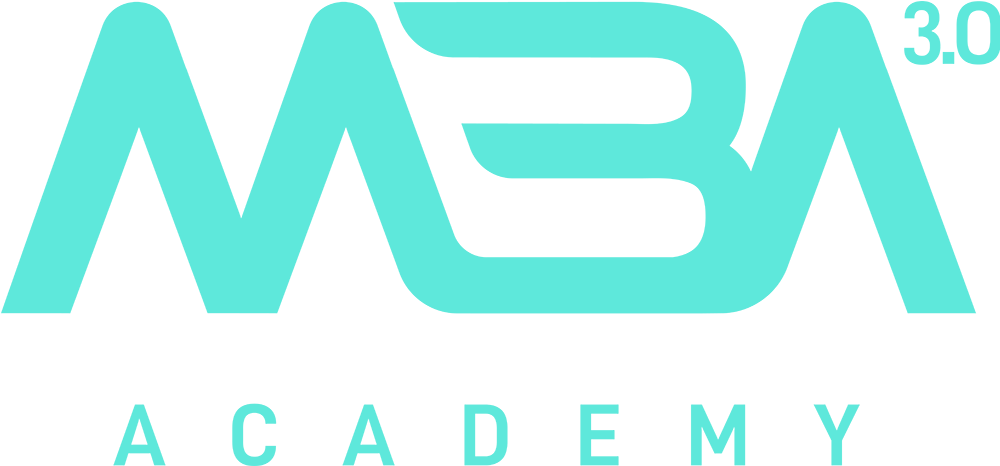Behavior Driven Development Essentials
Extremely collaborative and comprehensive whole-team practices that ease the flow of value from idea to delivery!
Write your awesome label here.
Learning Objectives
Key Concept
Behavior Driven Development is a cross-functional, whole-team approach to software development. Highly iterative and incremental, BDD allows the team to focus on a small set of requests each day, taking them from rough idea to tested software, and leaving behind fast, automated tests and clear, readable product specifications.
Write your awesome label here.
Why is Behavior Driven Development Essentials a "whole team" course?
Behavior Driven Development (BDD) is much more than "writing the tests first."
By the end of the course, your team will have completed Rob's simple, contrived examples and will be working on your own product/project deliverables. For that to work effectively, the whole team--product advocates, business analysts, testers, developers...everyone involved in the specification and construction of the product or project--must experience BDD for themselves.
Whether your team is using Scrum, Kanban, or Extreme Programming, Behavior Driven Development fits nicely within these Agile methods. BDD typically becomes the primary daily activity which brings the whole team together to discuss requirements and collaboratively build working, tested software.
BDD reduces numerous barriers to communication, giving the team confidence in what they're building. Your team will practice techniques designed to help build what is expected, and to keep quality high by protecting each investment in a feature with a set of automated tests that run each time a change is integrated.
Your team will explore ancillary practices such as Example Mapping, pair-programming, ensemble-programming, Test-Driven Development (TDD), and Collective Code Stewardship.
